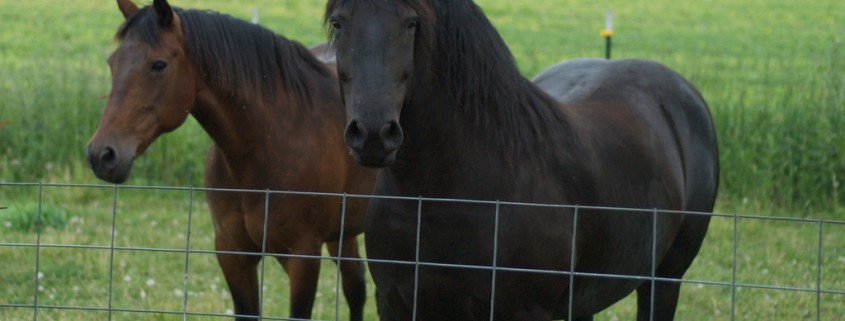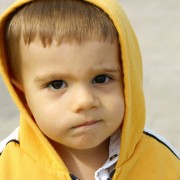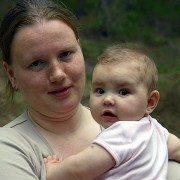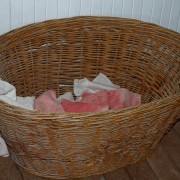Why We Must Set Boundaries for our Children
I want you to imagine you now own a horse, and you put it out on the land. It’s on an area where there are no fences – none, anywhere! You call the horse to come to you, and it runs away. Another time you see the horse misbehaving, but before you can approach it, it runs away. Another time, there is danger about, and you attempt to get the horse for it’s own safety, but it runs away. In all of these cases, a fence would have been really useful.
It is the same with ‘fences’ for children. Obviously we aren’t going to fence in our child, but it is vital that we establish boundaries, which are just like fences. A boundary is like saying to your child: ‘Within here you can run/ play/ do, but then you can go no further.’ Let me give you a few examples.
When we have a young baby, our fences or boundaries are the way in which we protect the baby and keep it safe – safety in the cot (regarding safe sleeping) and keeping the cot away from window cords.
As that baby starts crawling, we now ‘let’ the baby explore the room, but as soon as they go to the power switches, we say: “uh uh!” and move them away – there’s your boundary/ fence.
Your toddler is playing with blocks and building a construction, which suddenly falls down. Your toddler is upset, and in anger picks up the blocks and starts throwing them. You quickly intervene, and say words to the effect of: ‘We don’t throw blocks.’ There’s another boundary or fence.
Boundaries are designed to keep children safe and to learn the limits of acceptable behaviour, in the context of your family.
Think what would happen if you didn’t keep those boundaries, if you removed them ….. the baby could get caught in the window cords and harm themselves; the crawling baby might pull the electrical cords, the toddler continues to throw blocks and never learns to control his emotions etc.
Boundaries protect and teach!
It is our job as parents to set the boundaries, and also to maintain them. When a child ‘hits’ the boundary we need to assist them to learn e.g. you can’t touch the power cords, you can’t throw blocks, and this is where sometimes we set a consequence for their behaviour – removing the blocks from them. Over time, with your consistency and a calm voice, they will learn about the boundaries and the consequences of pushing the boundaries. This fits in with The Parenting Cafe’s motto of ‘Calm and Consistent‘ – thats where possible results happen!
When I was a classroom teacher, the children who were ‘difficult’, who didn’t follow rules and who ‘fought’ them, were nearly always children whose parents had not set boundaries and maintained them. As a consequence, these children were able to ‘run away’, because there were no boundaries – no-one ever stopped them or gave them a consequence. Think back to the horse…. When there were no boundaries, it could run away as far as it liked.
Appropriate boundaries are set by responsible parents, to protect and keep their children safe.
Is it time to check your fences?
Happy Parenting!









